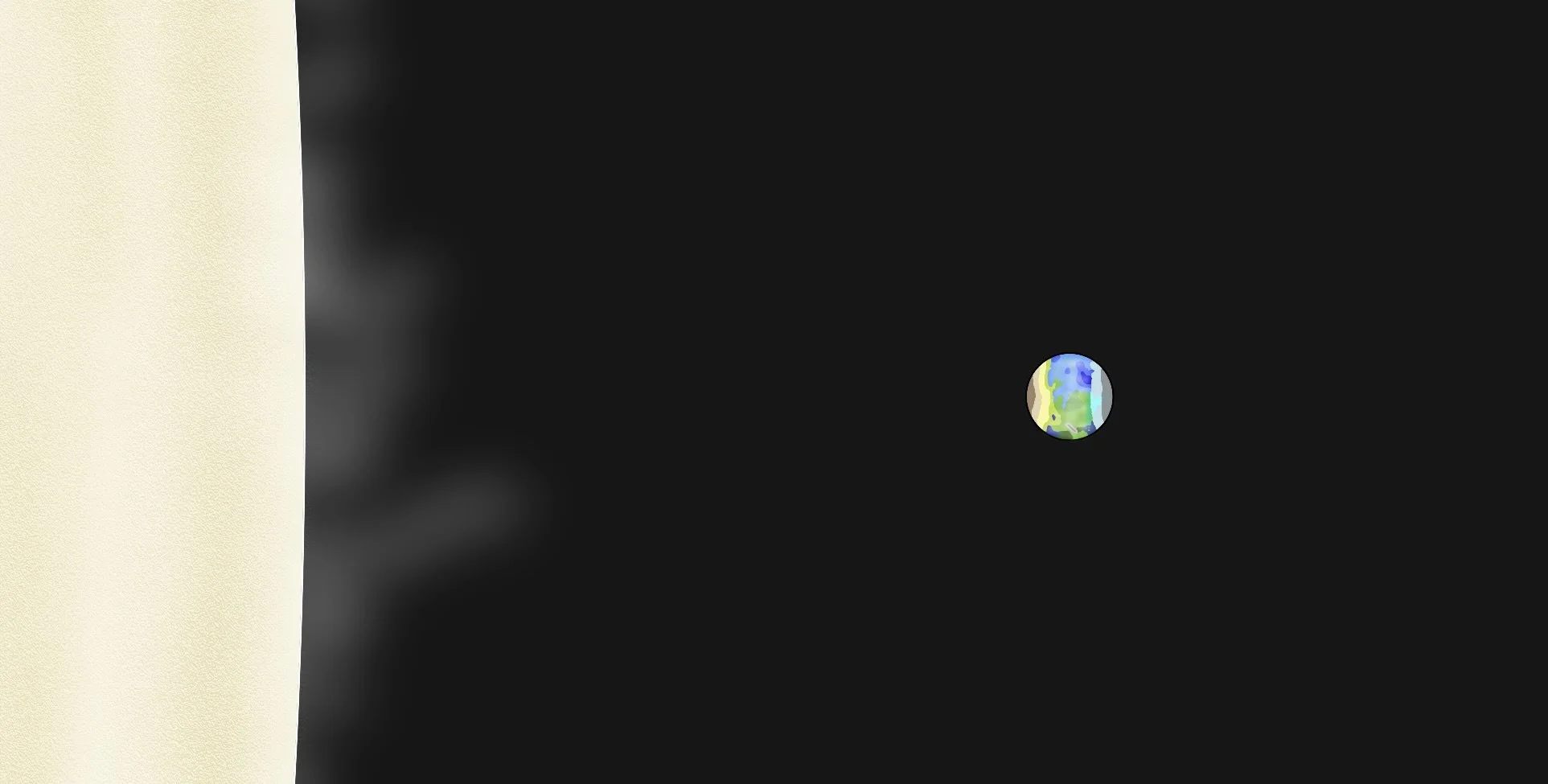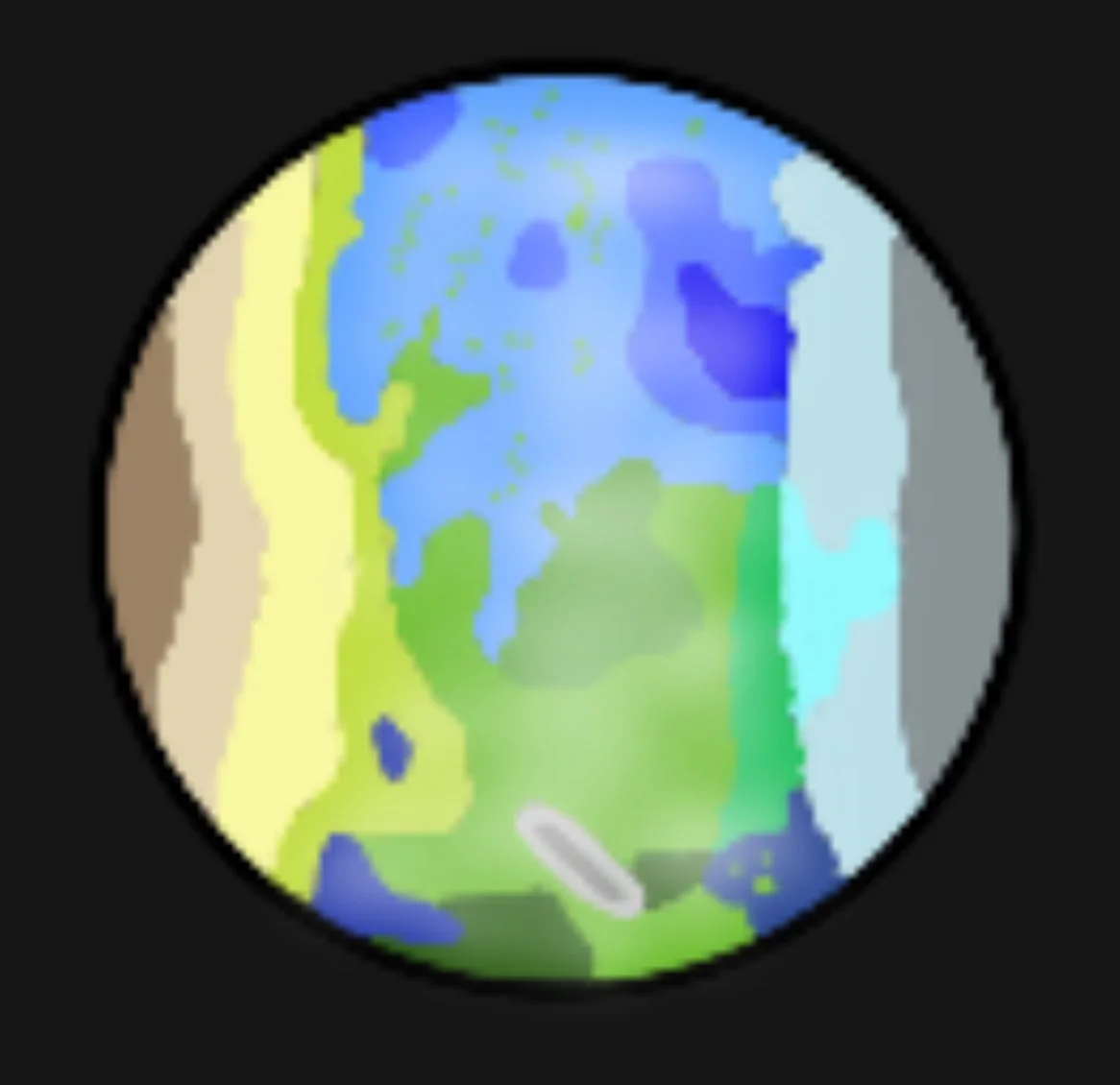
Solakentus, The Solar system of Parakentus
Star one, Solakentin
Mass 1.2
Age 5.2
Radius 1.611
Luminosity 2.8
Density .83
Type F
Star two, Solakendat
Mass .34
Age 5.2
Radius .3192
Luminosity .00863
Density 7.37
Type M
Binary star system information
Solar coordinates (3.04, 6.8, 11.25) 13.49
Distance between stars, 420Au
Parakentus orbits Solakentin, and no notable objects orbit Solakendat

Planet one, Parakentus
Distance 1.68Au
Mass .85
Density 4.5
Orbital period 2.07 years, 758.307 days
Axial tilt N/A
Rotational period N/A
Radius 1.013
Gravity .828G
Average surface temperature N/A
Parakentus is a strange world, one which would not seem likely to be colonized, but with a narrow band of liquid water and a suitable atmosphere it was determined that humans would live and breathe on the planet. The planet is tidally locked, meaning one side always faces the star. Due to this it has three distinct zones, the “northern” hot desert, this produced hot winds and averages around 190C but does get hotter in some parts. The “middle” habitable area, this has a main ocean and enjoys mild temperatures all the time, anywhere from 25C to -5C depending on location. Lastly is the “southern” cold part, this is cold and dark area that dips down to -200C. Parakentus lacks a moon, however due to a slight wobble that It experiences it has a minor tide on tis oceans. It also does not experience a day night cycle due to its tidal locking.
Parakentus was originally called Parafovusil, underwent around 40 years of terraforming. This modified the landscape, and stabilized the atmosphere, as well as making large megaprojects to make the planet more livable for humans. Animals where genetically engineered to live with the lack of day night cycles. All and all this is considered one of humanities’ biggest projects.

